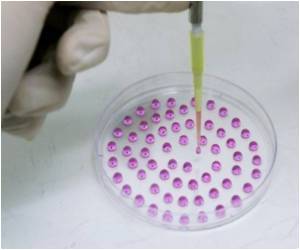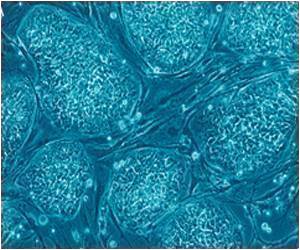A gradient of prostaglandin E2 in the region of zebrafish embryos where stem cells differentiate into the internal organs has been discovered by Stem cell scientists.

"Cells that see more prostaglandin become liver and the cells that see less prostaglandin become pancreas," said Goessling, assistant professor of medicine.
This is the first time that prostaglandin is being reported as a factor that can lead this 'fate switch' and essentially instruct what kind of identity a cell is going to be, the researchers added.
Other experiments showed that prostaglandin E2 could also enhance liver growth and regeneration of liver cells.
"Prostaglandin might be a master regulator of cell growth in different organs," Goessling said.
It's used in cord blood, as we have shown, it works in the liver, and who knows what other organs might be affected by it, revealed the findings published in the journal Developmental Cell.
Advertisement















